#ChamPeople
Explore tagged Tumblr posts
Text






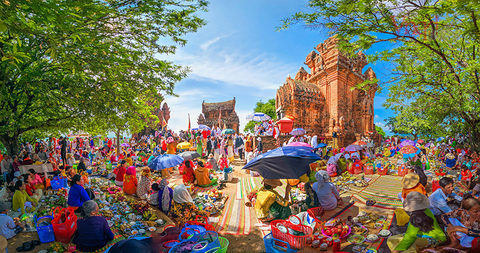
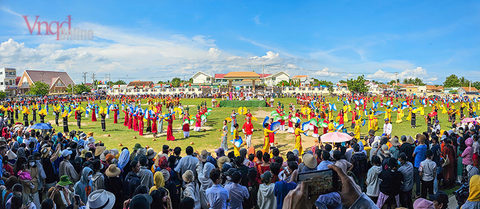

Culture and Customs of the Cham Ethnic Group:
Cuisine The Cham have a diverse cuisine, including rice cooked in large or small earthenware pots. Main dishes include fish, meat, vegetables, hunted, gathered, and domestically raised or cultivated. Alcoholic drinks such as need wine and rice wine are used. The custom of chewing betel is also popular in daily life and traditional ceremonies.
Marriage Cham marriage customs maintain the matriarchal system. Although men play an important role in life, the elderly women are the heads of the family. It is customary for daughters to take their mother's surname. During weddings, the bride's family is responsible for organizing. The groom lives with the bride's family. The youngest daughter inherits the property, especially because she takes care of the elderly parents, receiving a larger share than her sisters.
Funerals The Cham have two main forms of sending the dead to the afterlife: burial and cremation. The Brahmanism group often performs cremation according to their religious regulations, while other Cham groups often perform burials. Those in the same lineage are usually buried in the same place, following the maternal lineage.
Religion and Beliefs Most Cham in Cambodia and the southwestern region of Vietnam follow Sunni Islam, practicing religious activities such as praying five times a day, fasting during Ramadan, and performing Hajj to Mecca. The Sunni Muslim Cham community in Cambodia has religious schools led by a Mufti. However, a small group called Kaum Jumaat maintains Shia theological adaptations with different religious practices.
Festivals The Cham have many agricultural ceremonies throughout the year, including canal digging, dam building, plowing, rice seedling celebrations, and rice flowering celebrations. However, the largest festival is Bon Katê, held grandly at temples in mid-October of the lunar calendar, significant in Cham culture and religion.
Traditional Attire
Cham men's attire features long hair wrapped in a turban, light or dark split-neck jackets, round-collar buttoned shirts, short-sleeved jackets, and long slit white or red shirts. The outfits are decorated with borders and round metal pieces. Traditional men's clothing includes skirts and trousers.
Cham women's attire often includes headscarves worn in various styles such as draped over hair, neatly wrapped, wrapped in an X shape, or wrapped and draped over the shoulders. Headscarves are usually white, with border patterns and motifs. Women's festive attire includes white long dresses and shoulder scarves.
Traditional Cham clothing is often white, with a unique design featuring a slit neckline and side panels made from a narrow piece of fabric as the central part of the shirt. Notably, Cham men are among the few ethnic groups in Vietnam still wearing skirts, with unique attire and aesthetic style.
0 notes
Photo
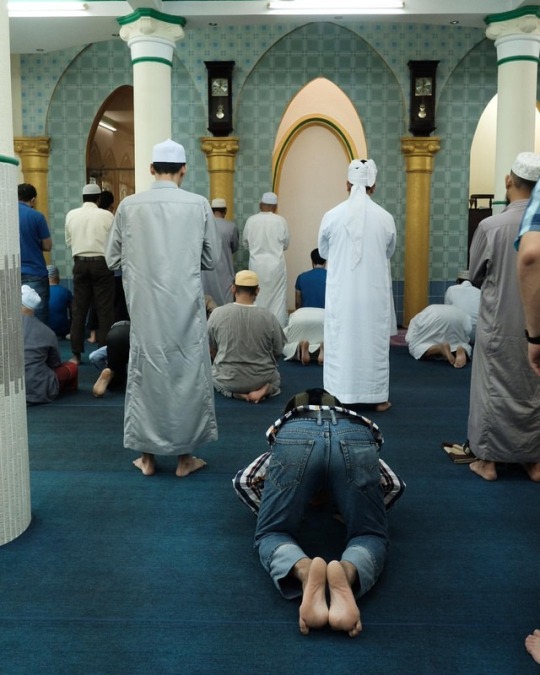
Friday prayers, Jamiul Mosque, Ho Chi Minh City, Vietnam. This mosque is a key gathering place for muslims across the city, most of whom are Cham people. I received a warm welcome and was honoured to be able to observe and photograph their prayers. #mosque #prayers #fridayprayers #muslim #islam #islamic #religion #faith #hochiminhcity #HCMC #vietnam #jamessebright #documentary #documentaryphotography #documentaryphotographer #cham #champeople #ethnicminority #fujifilm #fujifilmxpro2 #fujifilmasia #reportage #reportagephotographer (at Ho Chi Minh City, Vietnam)
#ethnicminority#fujifilm#prayers#documentary#fujifilmasia#documentaryphotographer#mosque#vietnam#islamic#fridayprayers#documentaryphotography#muslim#religion#champeople#islam#fujifilmxpro2#faith#hochiminhcity#hcmc#cham#reportage#jamessebright#reportagephotographer
1 note
·
View note
Photo
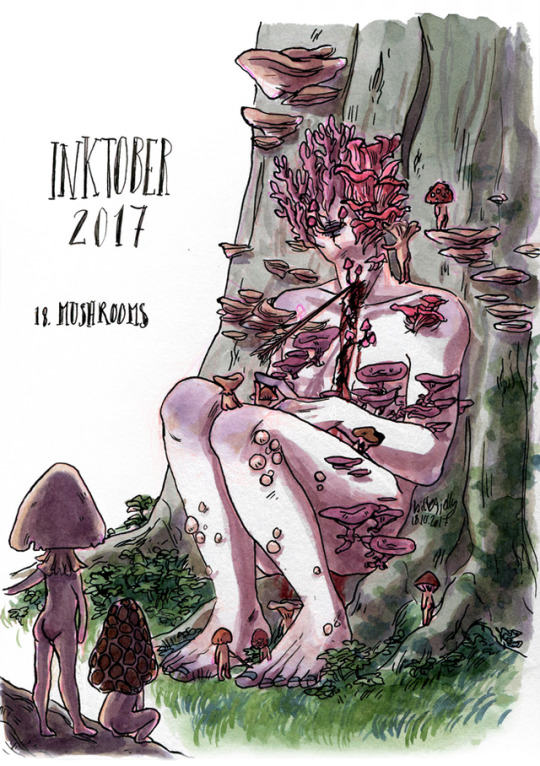
Inktober 2017 day 18: Mushrooms
Champeople find a body.
also butts
#art#inktober#inktober2017#inktober2k17#mushroom#tw: death#lots of butts#also a tiny peen#I really like the champeople I will draw them again one day#if you're curious I just name them that because in french we call mushrooms 'champignon' so it sounds funny when you say champeople
253 notes
·
View notes
Video
Far East Travel - Lễ hội Kate của người Chăm ở Ninh Thuận
0 notes
Text
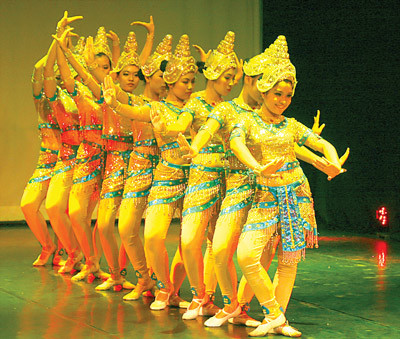
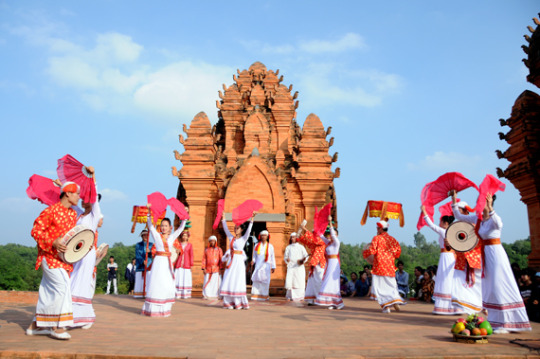





History and Geography of the Cham Ethnic Group
The Cham people, who have been living on the central coast of Vietnam for a long time, created a brilliant culture deeply influenced by Indian culture. As early as the 17th century, the Cham built the Cham Pa kingdom. Currently, the population consists of two main groups: those residing in Ninh Thuan and Binh Thuan, primarily following Brahmanism (a small group of Cham here follows traditional Islam called Cham Bani), and those in some localities in An Giang, Tay Ninh, Dong Nai, and Ho Chi Minh City, following new Islam.
According to the 2019 Population and Housing Census, the Cham population in Vietnam is 178,948 people. The Cham primarily live in the provinces of Ninh Thuan and Binh Thuan, with some residents in other localities such as An Giang, Tay Ninh, Dong Nai, and Ho Chi Minh City. Additionally, there are some Cham Hroi living in the southwest of Binh Thuan and northwest of Phu Yen.
Family Traditions
The Cham people have a matriarchal tradition, despite previous social hierarchies and feudal structures. In Islamic areas, families have shifted to a patriarchal system, respecting the role of men. However, matriarchal customs remain strong in family and clan relationships, including ancestor worship.
The Cham are divided into two main clans: Areca and Coconut, corresponding to the Niee and Mlo lines in the Ede people. The Areca clan became the commoners, while the Coconut clan became the nobility and clergy. Under the clans are matrilineal lineages, with the youngest female child leading. Each lineage may have several branches. Traditional Cham society was divided into classes similar to ancient Indian society, with distinct residential areas and clear divisions: no intermarriage within the same lineage, no cohabitation in the same village, and no sharing of meals.
However, Cham society has undergone many changes over time, and some traditional customs may have changed or lessened in rigidity due to modernization and exposure to other cultures.
Language
The main language of the Cham is Cham, and the Tsat language is used by descendants of the Utsul, a group of Cham who settled on Hainan Island, China. Both languages belong to the Malay-Polynesian family of the Austronesian languages. The Cham and Malay are the only major Austronesian groups that settled in mainland Southeast Asia during the Iron Age among older Austronesian inhabitants.
0 notes